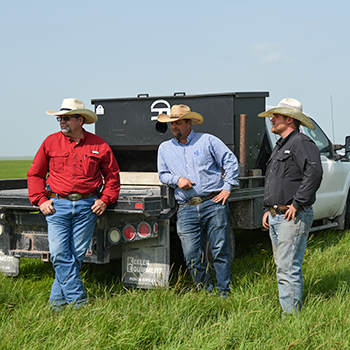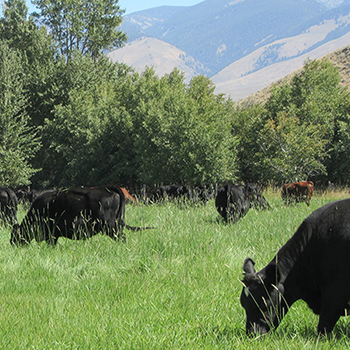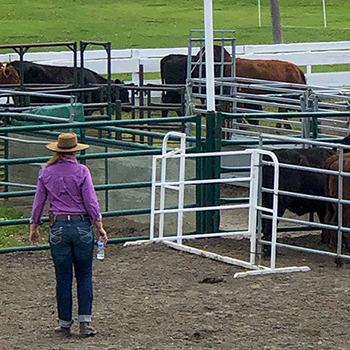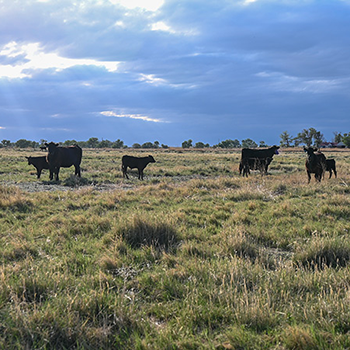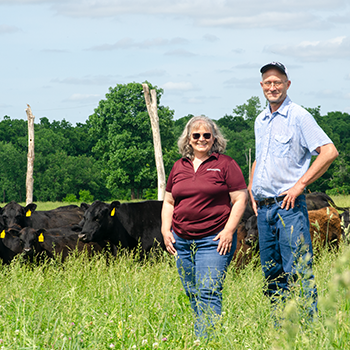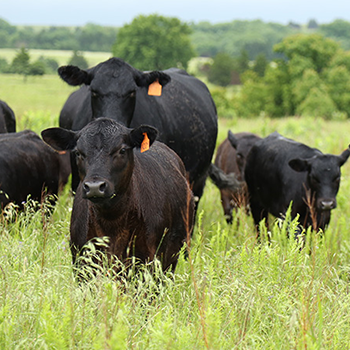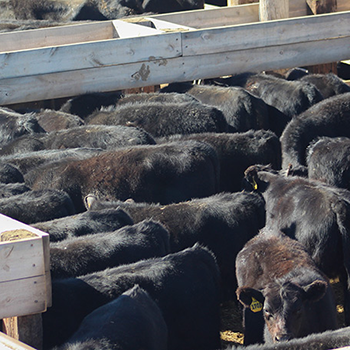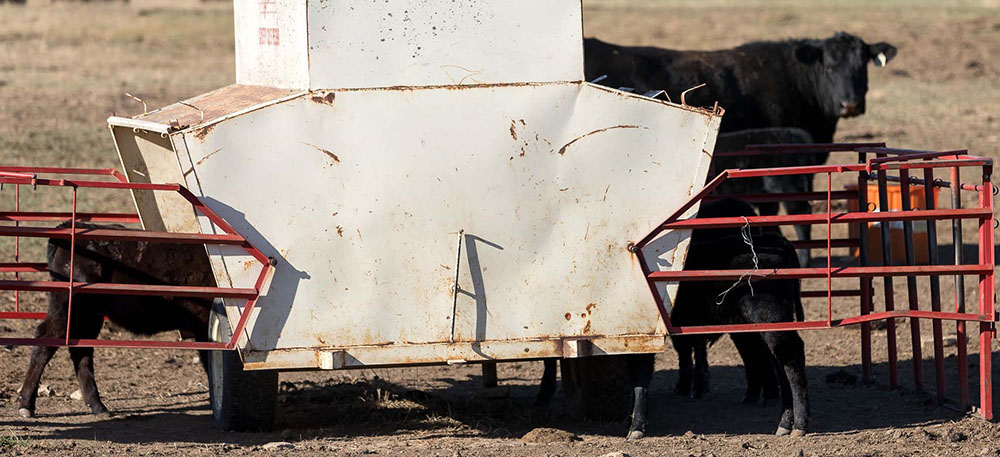
Listen to an audio version of the 09-07-22 Management articles
Training Helps Calves Adjust to Weaning, Feedlot
Veterinarians explain the value of preconditioning calves.
Anyone who is starting a new job must be trained to avoid problems. Training will help them do their best work. In much the same way, beef cattle need to be prepared before heading to the feedlot to be fed.
In a recent Cattle Chat podcast from the Beef Cattle Institute, Kansas State University (K-State) veterinarians said a preconditioning program is a plan to help with the transition of calves as they go through weaning — and before they go to a feedlot — to spread out some of those added stresses.
“How we [spread out those stressors] usually involve[s] some respiratory disease vaccinations, deworming and being bunk-broke,” said veterinarian Bob Larson. “If they are vaccinated, dewormed, are used to consuming feed and have had a little bit of time postweaning, that is what would be considered preconditioning.”
Veterinarian Brad White added: “By using a preconditioning program, hopefully these cattle will stay healthy, leading to a smoother transition and better performance in the feedlot, making them more profitable in the long run.”
“A key factor in this program is enough time to get extra weight on those cattle to overcome the cost of the poor performance in the first week after weaning,” said nutritionist Phillip Lancaster.
One thing that producers should be aware of is time, said veterinarian Brian Lubbers. “You have to balance between keeping the (calves) long enough and adding enough weight to them to make it profitable.”
Lubbers suggested penciling out what feedstuffs you have, the cost of the rations and how long you will need to keep those calves for your program to work, because preconditioning is not always profitable year to year.
“One of the drivers is the cost of gain, which is how much is my feed cost per how much weight I can put on those calves during a certain period of time,” White said. “From a study by Mark Hilton, it says two-thirds of the profit comes from added weight and one-third comes from the higher price.”
Larson added that by being preconditioned, calves will be more valuable to the buyers because they have less risk of disease and will tend to receive a price premium, though that will also depend on other factors.
“Preconditioning is valuable to the industry,” White said. “The more we can prevent illness and better prepare (calves) is better for all of us, but you should figure out what will work best on your operation.”
To hear the full discussion, listen to the Beef Cattle Institute Cattle Chat podcast online.
Editor’s note: Jessica Jensen is a student worker for K-State Research and Extension news service. Photo courtesy K-State Research and Extension.
